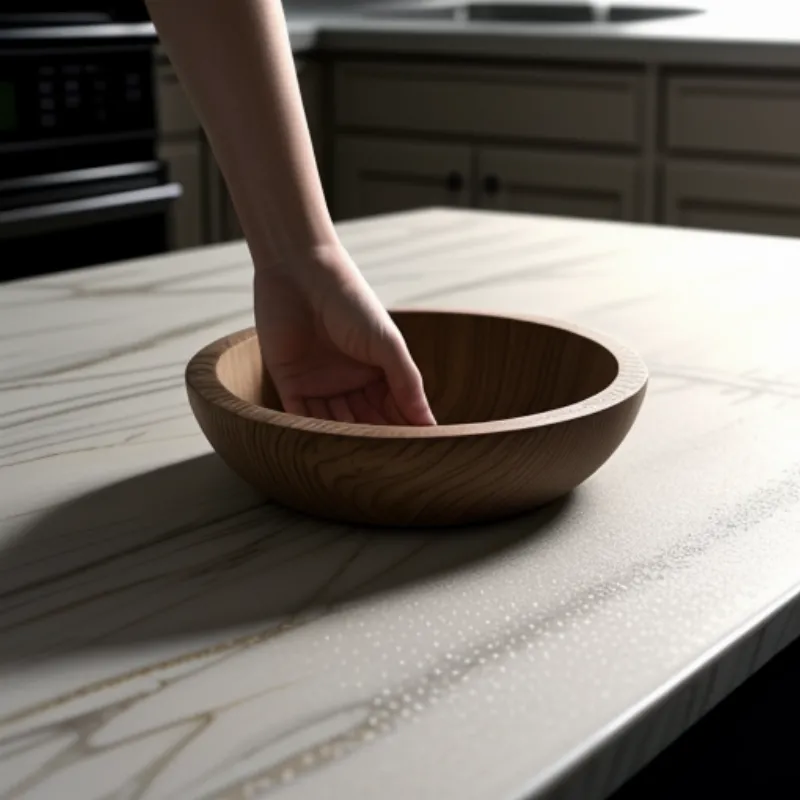Krumiri, those delightfully crunchy, crescent-shaped cookies, are more than just a sweet treat. They are a piece of Italian history, originating from the Piedmont region in the late 19th century. With a delicate flavor reminiscent of vanilla and a texture that melts in your mouth, krumiri are sure to become a new favorite. In this article, we’ll guide you through the process of making these iconic cookies in your own kitchen.
A Bite of History
Legend has it that krumiri were invented in 1878 by Domenico Bussone, a baker in the town of Casale Monferrato. The story goes that he was inspired by the curled mustaches of King Vittorio Emanuele II, hence the cookie’s distinctive shape. Whether the tale is true or not, krumiri quickly gained popularity, becoming a beloved treat throughout Italy and beyond.
Ingredients You’ll Need
Making krumiri requires simple ingredients you likely already have in your pantry. Here’s what you’ll need:
- 200g (1 1/2 cups) all-purpose flour
- 100g (1/2 cup) granulated sugar
- 100g (7 tbsp) unsalted butter, softened
- 2 large egg yolks
- 1 teaspoon vanilla extract
- Pinch of salt
Optional:
- 1 tablespoon of rum or Marsala wine (for a richer flavor)
Tools for the Job
- Baking sheet
- Parchment paper
- Mixing bowls
- Electric mixer (optional, but helpful)
- Wooden spoon
- Pastry bag with a star-shaped tip (optional, for a more traditional shape)
Step-by-Step Baking Guide
- Preheat and Prep: Preheat your oven to 180°C (350°F). Line your baking sheet with parchment paper.
- Cream Together: In a large bowl, cream together the softened butter and sugar until light and fluffy. You can use an electric mixer or a good old-fashioned wooden spoon for this step.
- Add the Yolks: Beat in the egg yolks one at a time, followed by the vanilla extract and salt. If you’re adding rum or Marsala wine, incorporate it now.
- Incorporate the Flour: Gradually add the flour to the wet ingredients, mixing until just combined. Don’t overmix the dough, as this can make your cookies tough.
- Shape Your Krumiri: Transfer the dough to a pastry bag fitted with a star-shaped tip (optional). Pipe out crescent shapes onto the prepared baking sheet. If you don’t have a pastry bag, simply roll the dough into small balls and then gently shape them into crescents.
- Bake to Perfection: Bake the krumiri for 12-15 minutes, or until they turn a light golden color. Keep a close eye on them, as oven temperatures can vary.
- Cooling and Enjoying: Once baked, allow the krumiri to cool completely on the baking sheet before serving. This will help them crisp up to their signature texture.
Tips for Krumiri Success
- Butter Temperature: Ensure your butter is softened to room temperature for optimal creaminess. Cold butter won’t incorporate properly, while overly soft butter may result in flat cookies.
- Don’t Overmix: When incorporating the flour, mix until just combined. Overmixing develops gluten, which can make your cookies tough.
- Uniformity is Key: Try to keep your krumiri a consistent size and thickness to ensure even baking.
- Storage: Store your cooled krumiri in an airtight container at room temperature for up to a week.
 Krumiri dough
Krumiri dough
FAQs about Making Krumiri
Q: Can I freeze krumiri dough?
A: Absolutely! You can freeze the unbaked krumiri dough for up to 3 months. When ready to bake, simply thaw overnight in the refrigerator and proceed with the recipe.
Q: My krumiri turned out a bit flat. What happened?
A: This could be due to several factors: the butter was too soft, the oven temperature was too low, or the baking time wasn’t sufficient. Make sure your butter is at room temperature, not melted, and double-check your oven’s accuracy with an oven thermometer.
 Freshly Baked Krumiri
Freshly Baked Krumiri
A Taste of Italy at Home
Making krumiri at home is easier than you might think. These simple yet elegant cookies are perfect for accompanying coffee or tea, or enjoying as a sweet treat any time of day. With a little practice and these helpful tips, you’ll be baking like an Italian pastry chef in no time.
So go ahead, embrace your inner baker, and bring a taste of Italy into your kitchen. And don’t forget to share your baking triumphs with us in the comments below!
Happy baking!
